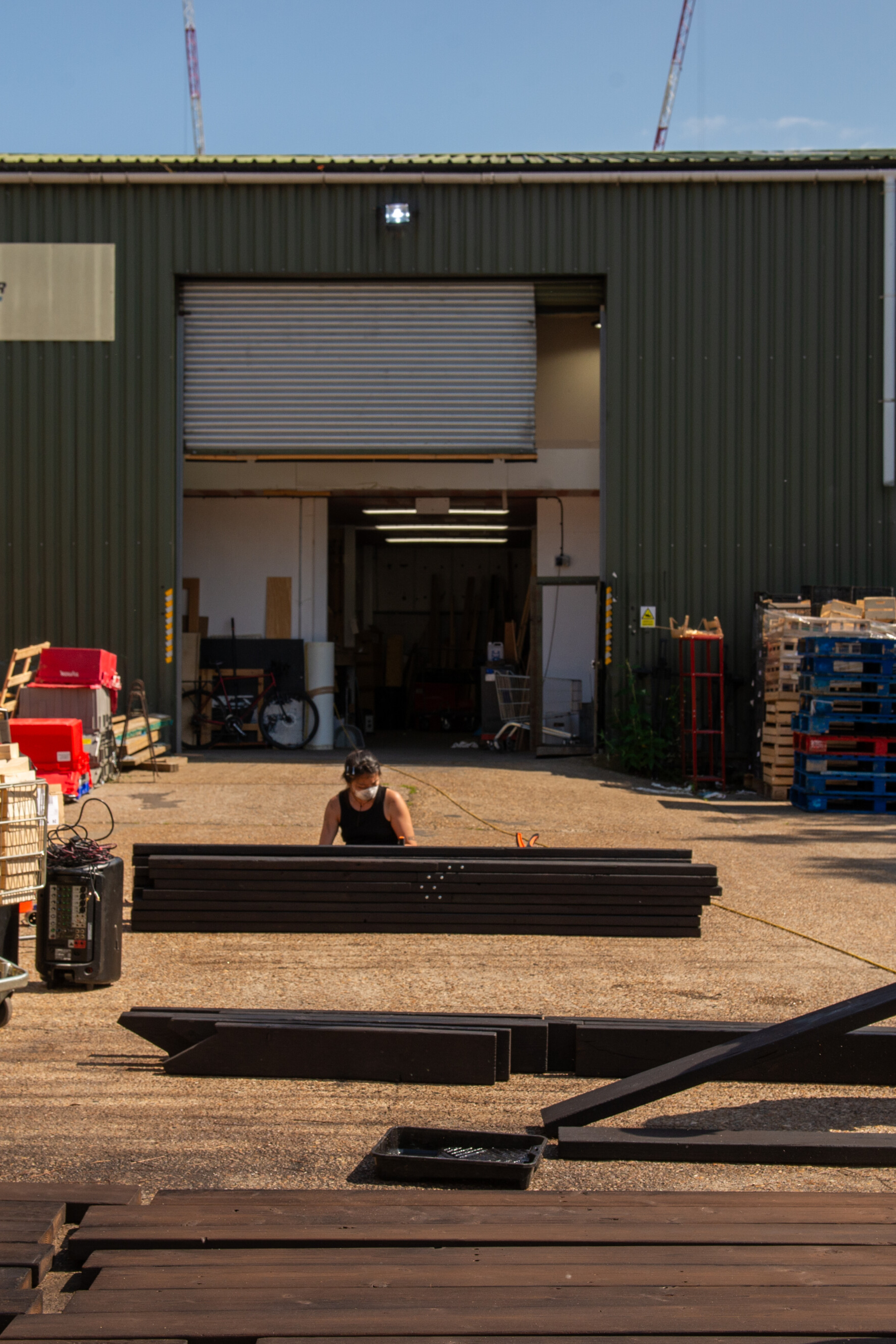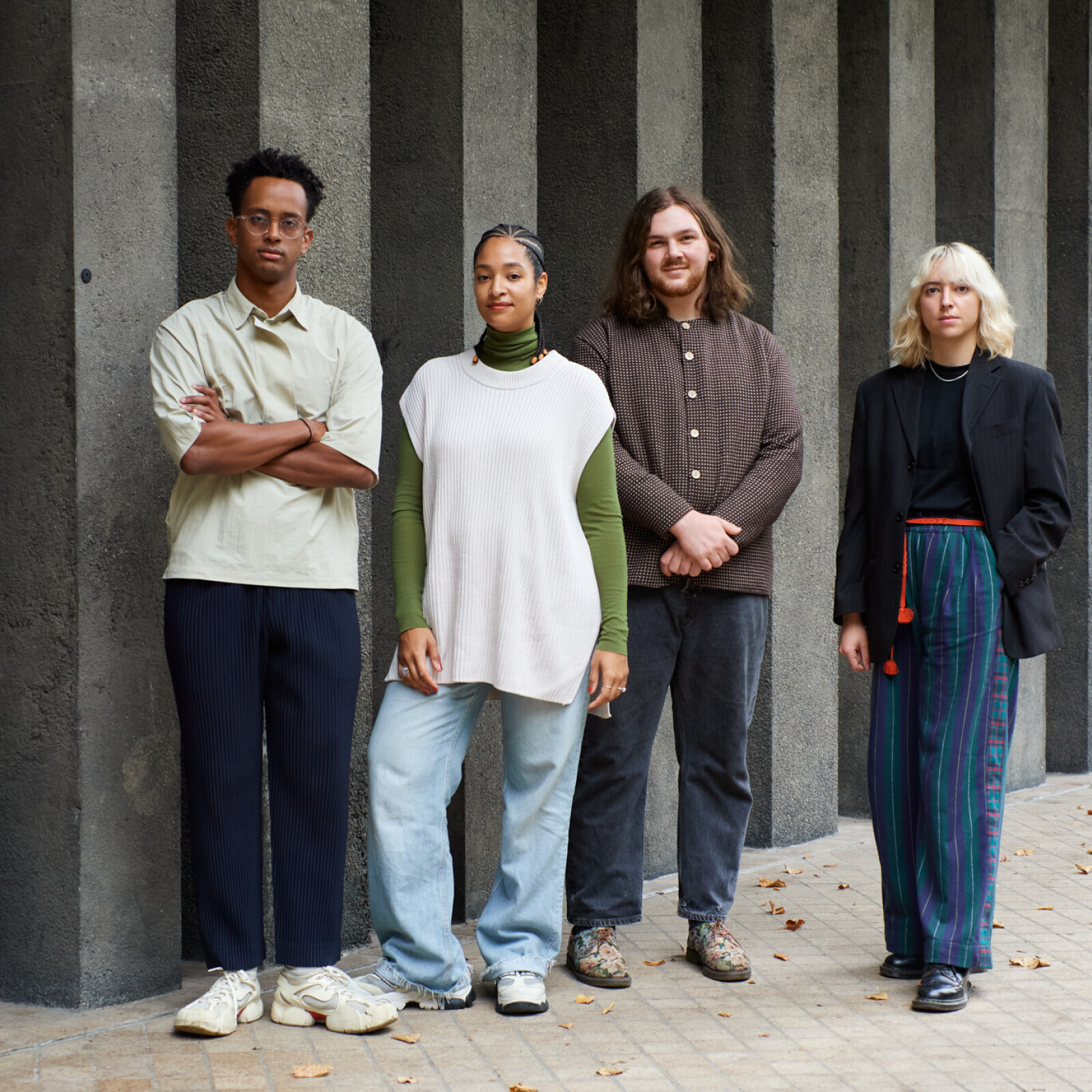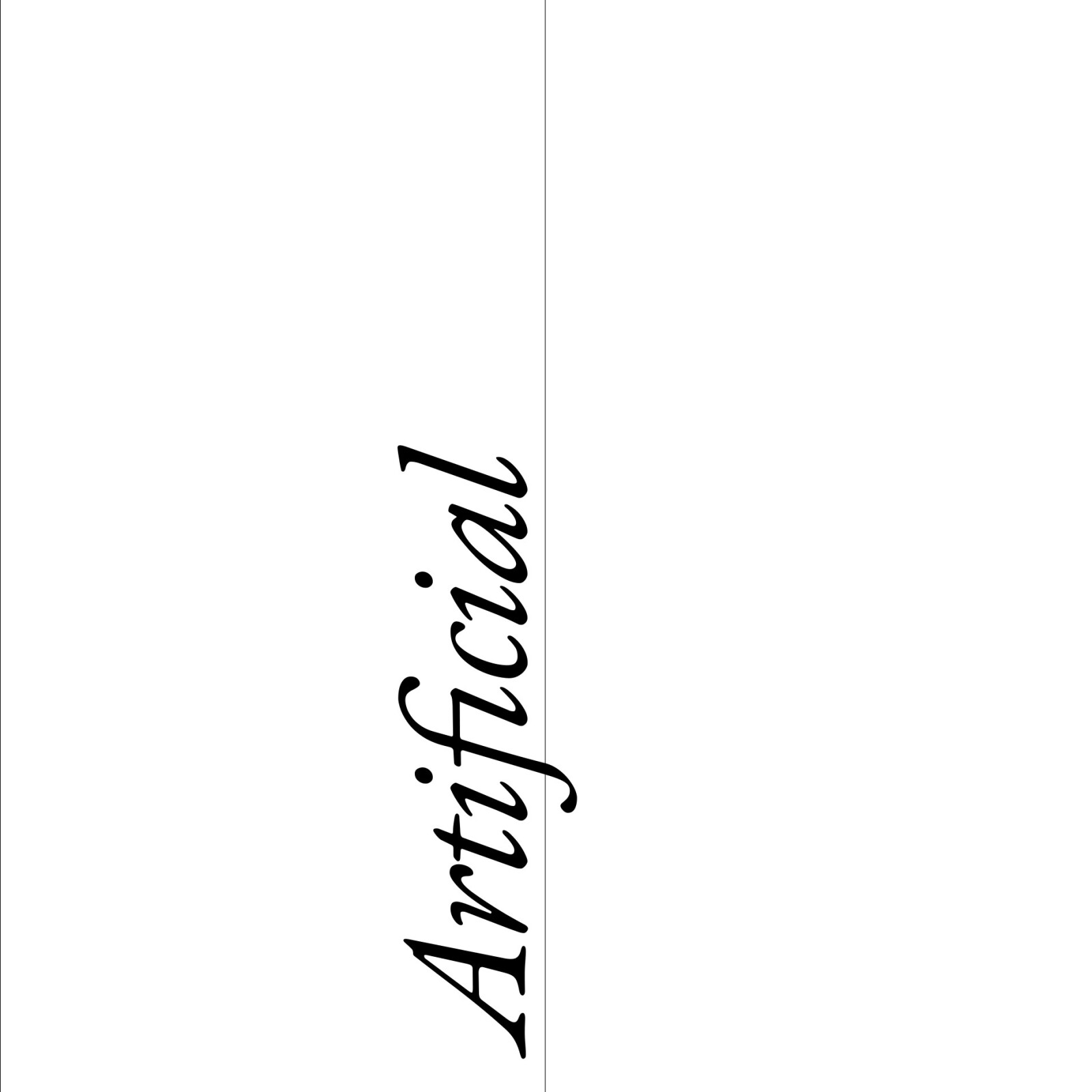Artificial – the theme for this year’s Design Researchers in Residence programme and the title of the associated display – explores the interplay between what is natural and what has been created by humans. It was fitting, then, that the display’s 3D design and build were led by Kaye Song – an architectural designer whose work explores the complexities of human landscapes and the built environment.
In the following interview, Kaye shares her design ethos, her vision for the future of architectural practice and her highlights within the residency display.
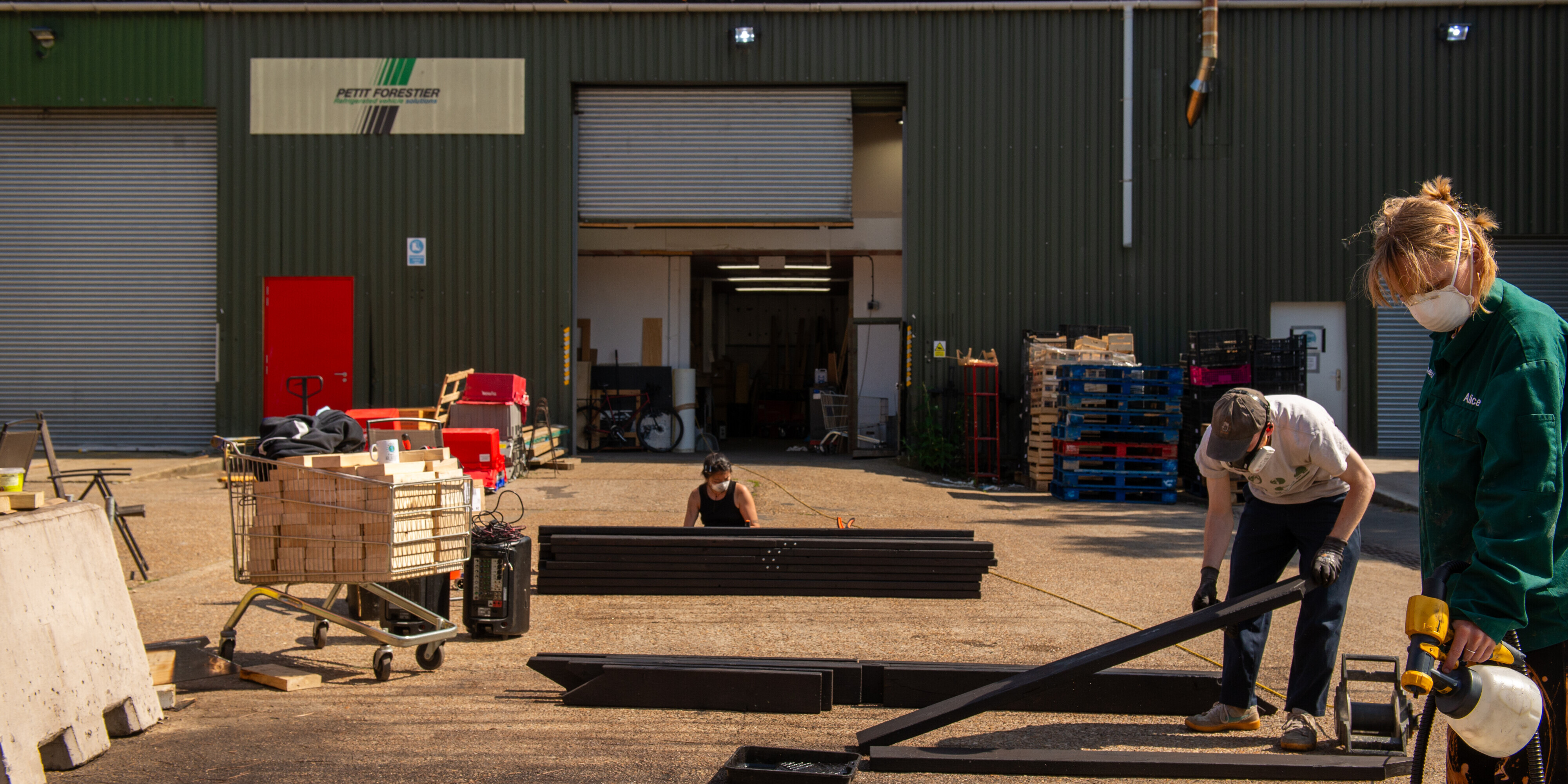
LHC
Could you introduce yourself, your individual practice and your relationship with Flimsy Works?
KS
I am a designer, making spaces and taking pictures that tell stories about how our environment is made. I design practical spaces as well as art installations, using architecture to explore the processes that shape the worlds around us, physically and emotionally. My projects use material reuse, flexible systems and collaborative construction processes as drivers for design that is tactile, engaging and inventively pragmatic.
Photography is another important aspect of my practice – it is my way of researching landscape, particularly how the effects of human infrastructure on natural processes manifest in them. Photography is very personal: to take a photograph demands that I physically explore places; publishing photographs allows me to curate and form narratives. I like capturing textured surfaces and uncanny juxtapositions – something that I have seen expressed in my architectural work as a desire to select and arrange materials to evoke a sense of intimacy and play.
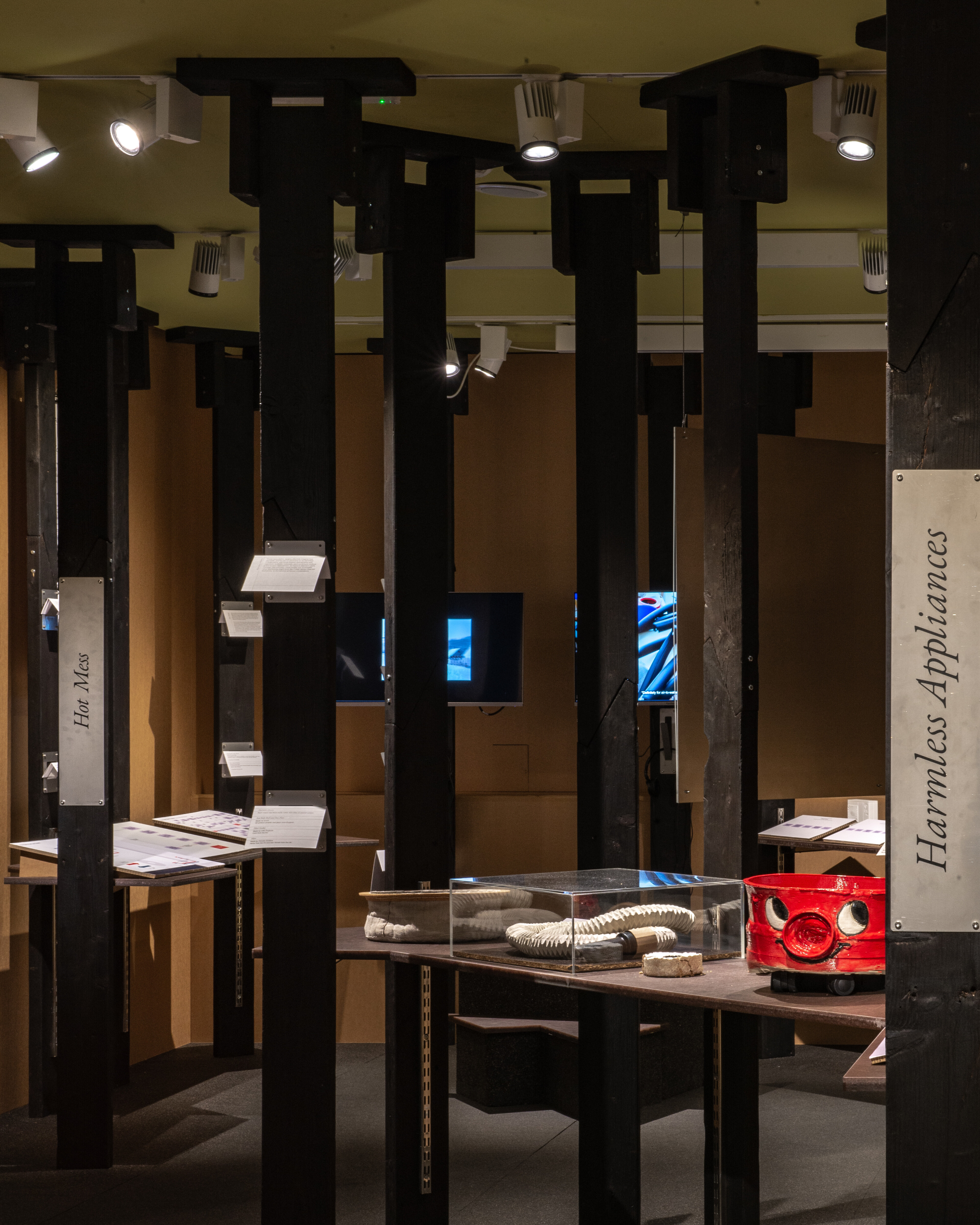
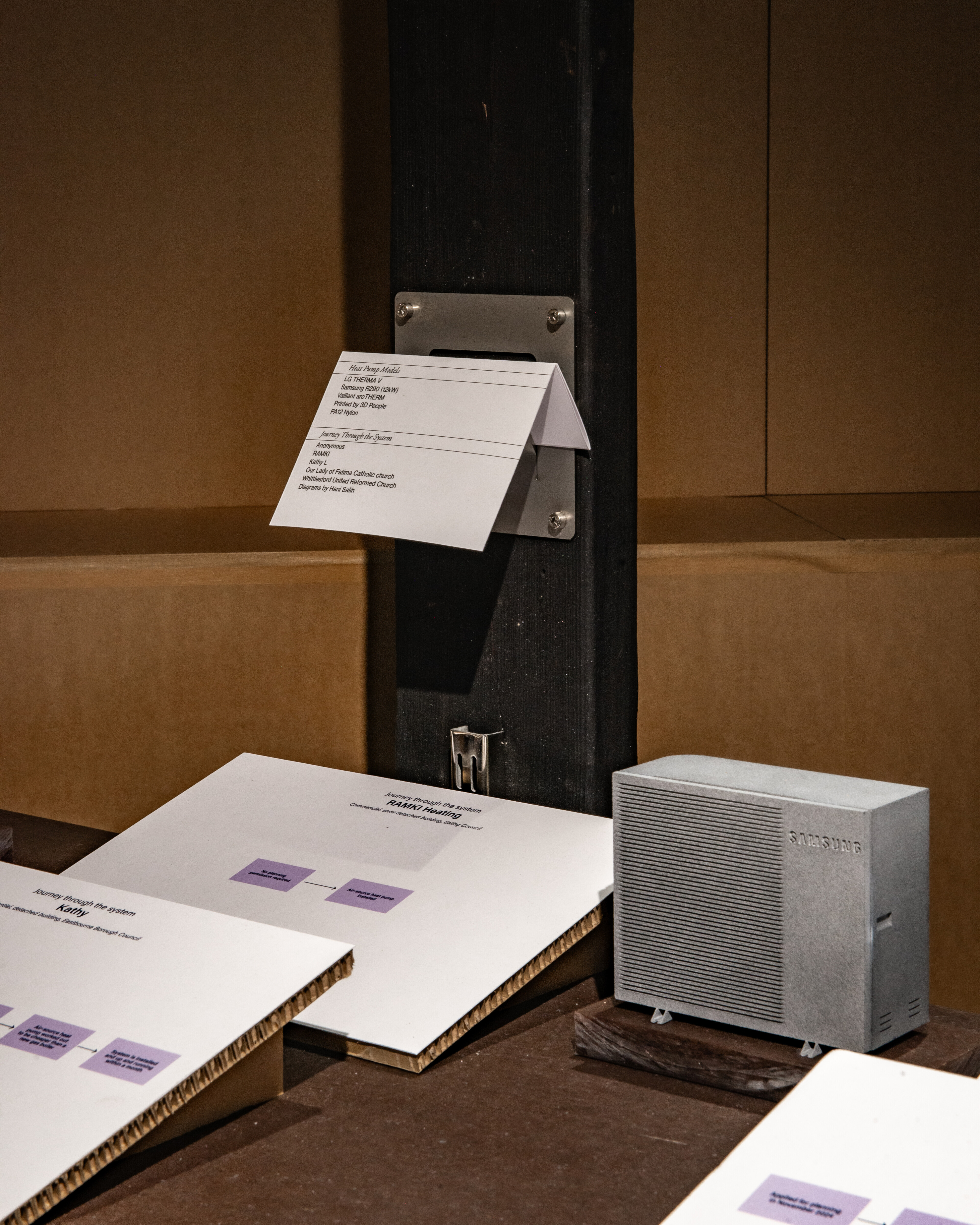
KS
I co-founded Flimsy Works in 2023 with Amy Grounsell, Ceri Hedderwick Turner and Joe Tompkins to take on the design and build for a sheltered seating area in an educational nature recovery project with youngwilders. This was built with volunteers, using the recycled components of two defunct on-site horse sheds – relics from the land’s previous use as a grazing space.
This first venture defined our approach as a practice – to deliver projects that connect communities to the outdoors and in participatory, low-impact design and construction that works in tandem with the ever-shifting natural environment and its use.
Currently, I split my time between working as an architect at Assemble and at Flimsy Works. Any leftover time is spent on my individual practice, taking on projects that are more artistically driven and allow more space for personal inquiry, such as Design Researchers in Residence: Artificial.
LHC
Your projects prioritise material reuse, circularity and collaborative construction processes. Why are these principles important for (architectural) design and how do you embed them in your practice?
KS
I believe these principles are important tenets to addressing our destructive patterns of overconsumption, as well as the disillusionment that I have felt within our own built environment which exacerbates these patterns.
At Flimsy, we build our own designs and procure the materials ourselves. This has fostered an understanding of how to design with existing products, as they come off-the-shelf, and how to use the variability of reclaimed material as a determining factor for a project’s form.
By being directly involved with a project, from its conception through to its delivery, there is also a directness in our architectural language. We design construction elements to be assembled in a way that makes them easy to build (and also to take apart). I would describe our sensibility as being crude but careful. We like how this legibility looks, and it also makes our designs more accessible for others to get involved in the building process. Not only is there an economic and environmental saving to be made in design that is low-waste, repairable and reusable, but for us – it emphasises that building is collaborative and requires people.
Trying to establish an architectural practice today – especially a conventional one that might operate like the practices that fostered our early careers – feels so farfetched given how the disaggregation of the building process into specialisms and the opaque bureaucracy that governs the decisions behind space-making unhelpfully divorce designers from the nuts and bolts of how to make things or make things happen. I feel empowered being part of a growing movement of designers (like ReCollective, Unit 38, Cella Collective, Common Practice) testing alternative forms of practice that are direct, decentralised and dynamic.
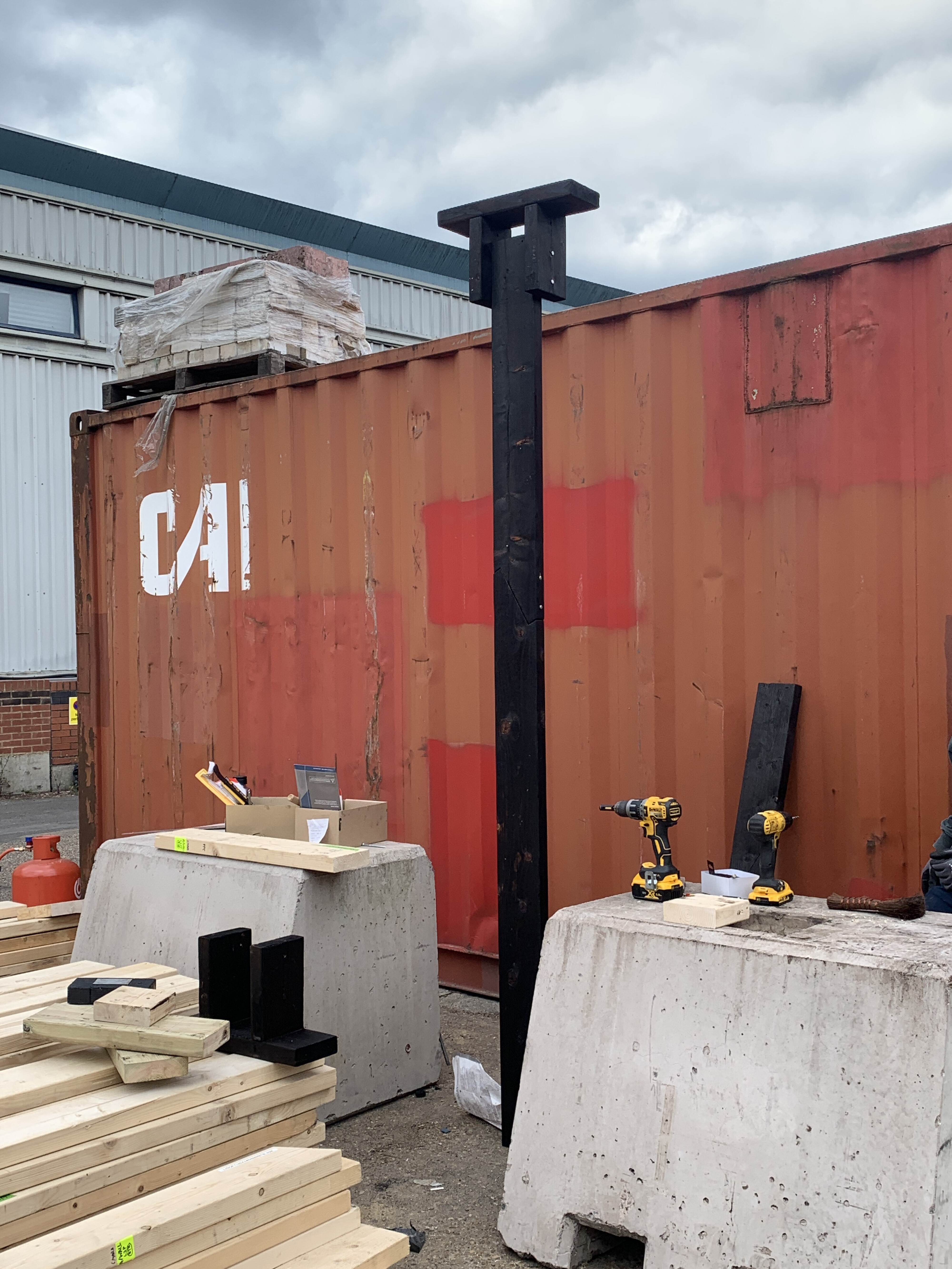
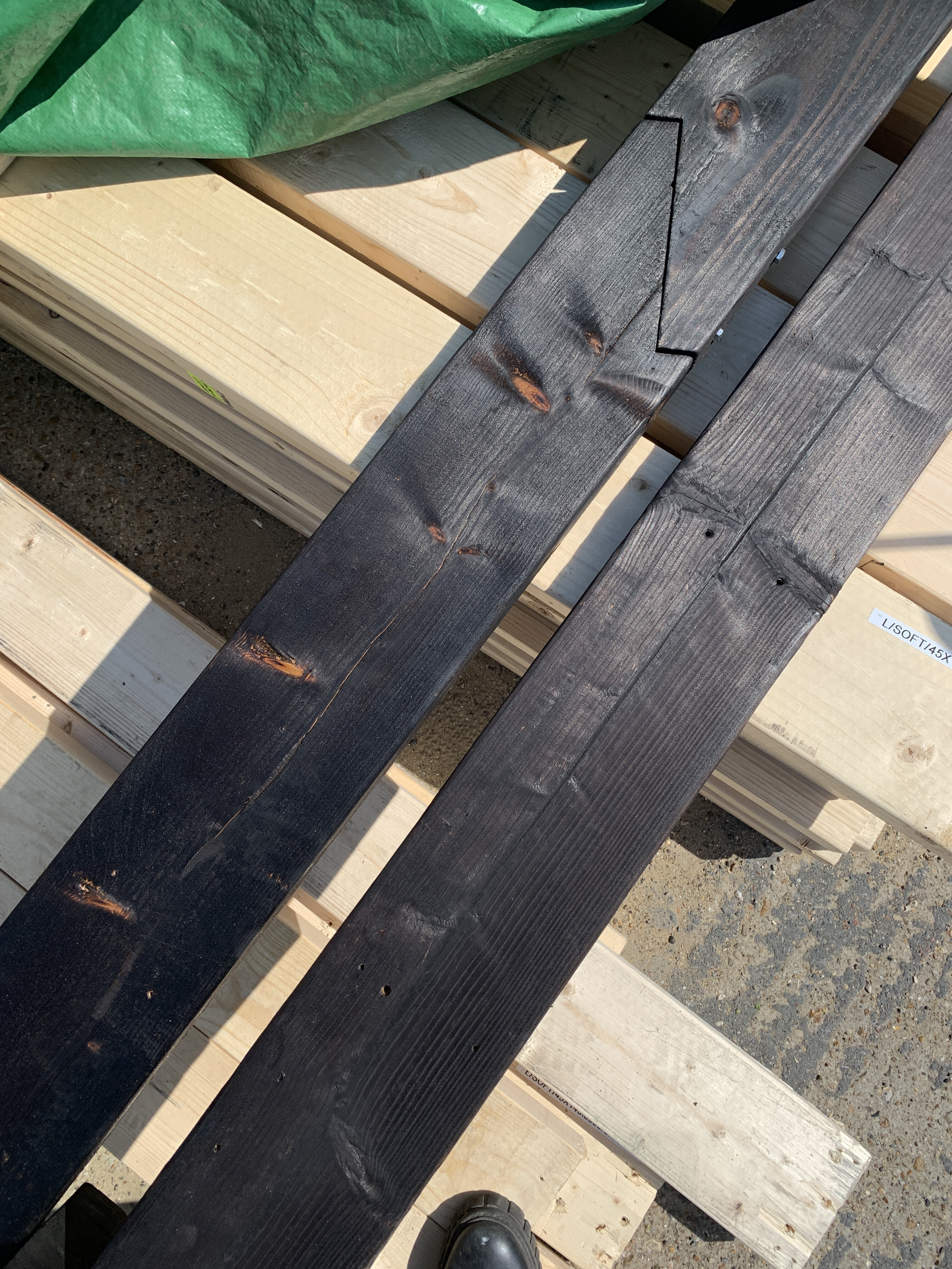
LHC
As the 3D designer for Artificial, you were directly involved in the design and fabrication of the display. What were your primary focuses on this project, and what can Design Museum visitors expect to see?
KS
I saw this project as an opportunity to reimagine exhibition design beyond plinths and partition walls. I designed the 3D components for Artificial as a simple repeating scaffold, with many ways of holding information.
Each year, the Design Researchers in Residence gallery is repurposed from a narrow and confined working studio. I wanted to transform how a visitor might experience the space – not as a single enclosed volume but as a sort of ‘forest’ with ‘trees’ from which work is hung and ‘clearings’ carefully planned for easy movement in between. Working in close conversation with the 2D designer, Émilie Loiseleur, the exhibition design was developed to feel like a living library, where users can meander through the space, collecting information as they go.
KS
The columns are made from deadstock wood (reclaimed from the film industry by ReCollective and lengthened with splices by Flimsy Works), their marked and scuffed surfaces elevated with charring and oiling. Chunky heads are made from offcuts from this process, designed to take in the variable floor to ceiling heights across the exhibition room. These are organically arranged around polygonal recycled plastic sheets that form clearings within the room. Bespoke ‘branches’ are cut and folded from steel sheets – holding labels, headphones, publications and other exhibition gubbins.
The materials for the exhibition were carefully selected with circularity in mind: the floor is an economical lining, typically used for acoustic underlays, made from recycled rubber and cork granules; twinslot shelving, bulldog clips, bespoke-cut metal tabs were bought in to take up residence in practical archival spaces afterwards; tabletops that were precision-cut from recycled plastic can be bought back by the manufacturer and recycled again; existing walls lined with large panels of recycled cardboard are a tongue-in-cheek and DIY-coded facsimile of the surrounding oak veneer.
